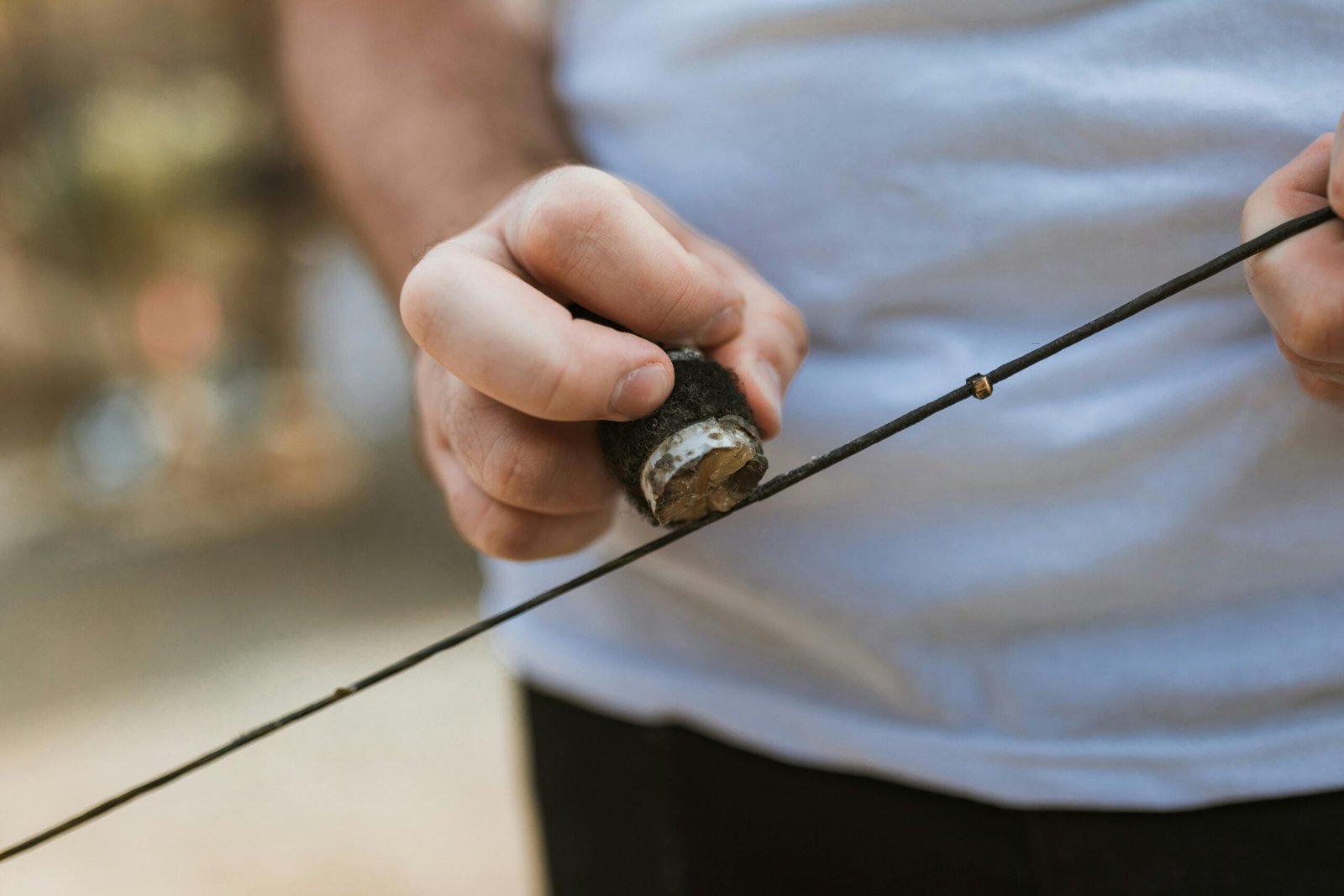
This image is property of images.pexels.com.
Have you checked your safe for wear and damage lately?
Have you ever stopped to think about the condition of your safe? With so much focus on what’s inside it, it’s easy to overlook the importance of keeping the safe itself in good shape. In this article, we will discuss why inspecting safes for signs of wear and damage is crucial, and how you can do it effectively.
Why is it important to inspect safes for signs of wear and damage?
Just like any other piece of equipment, safes can deteriorate over time due to various factors such as wear and tear, improper use, or even environmental conditions. If left unchecked, this wear and damage can compromise the security of your valuables stored inside the safe. By regularly inspecting your safe, you can catch any issues early on and address them before they become a serious problem.
What are the potential risks of not inspecting your safe?
Ignoring the maintenance of your safe can lead to a range of issues. The most significant risk is a breach of security, where the safe may become easier to break into due to weakened components. Additionally, wear and damage can affect the overall functionality of the safe, leading to potential lockouts or malfunctions when you need to access your valuables. Regular inspections can help prevent these risks and ensure that your safe remains secure and operational.

This image is property of images.pexels.com.
How to inspect your safe for signs of wear and damage
Now that you understand the importance of inspecting your safe, let’s dive into how you can effectively check for wear and damage. By following these simple steps, you can ensure that your safe remains in optimal condition for years to come.
Exterior inspection
Start by examining the exterior of your safe for any visible signs of wear or damage. Look for scratches, dents, rust, or any other abnormalities that could indicate a problem. Pay close attention to the hinges, handle, and locking mechanism, as these are common areas where wear can occur. Take note of any issues you find, as they may require further inspection or repair.
Interior inspection
Next, open the safe and inspect the interior for any signs of wear or damage. Check the shelves, walls, and locking bolts for any abnormalities that could compromise the security or functionality of the safe. Make sure that the key or combination lock is working smoothly and that there are no loose or broken parts inside the safe. If you notice any issues, it’s essential to address them promptly to prevent further damage.
Lock inspection
One of the most critical components of a safe is the lock, as it is responsible for keeping your valuables secure. Regularly inspect the lock for any signs of wear, such as difficulty turning the key, loose dials, or unusual sounds when operating the lock. If you notice any issues, consider contacting a professional locksmith to assess and repair the lock to ensure that it is functioning correctly.
Fire and water damage inspection
In addition to checking for physical wear and tear, it’s essential to inspect your safe for any signs of fire or water damage. Look for discoloration, warping, or mold growth on the exterior and interior of the safe, as these can indicate exposure to extreme temperatures or moisture. Ensure that the fire rating and water resistance of your safe are still intact, as this is crucial for protecting your valuables in the event of a fire or flood.
Regular maintenance and cleaning
To keep your safe in top condition, it’s essential to perform regular maintenance and cleaning. Dust and debris can accumulate over time, affecting the functionality of the safe’s components. Use a soft brush or cloth to clean the exterior and interior of the safe, paying special attention to the hinges, locks, and seals. Lubricate moving parts with a non-abrasive lubricant to ensure smooth operation and prevent wear. By incorporating regular maintenance into your routine, you can extend the lifespan of your safe and reduce the risk of damage.

This image is property of images.pexels.com.
When to seek professional help
While regular inspections and maintenance can help prevent issues with your safe, some problems may require the expertise of a professional locksmith or safe technician. If you notice any of the following issues, it’s essential to seek professional help to address them promptly:
- Difficulty opening or closing the safe
- Unusual sounds or vibrations when operating the lock
- Loose or broken parts inside the safe
- Signs of forced entry or tampering
- Malfunctions with the locking mechanism
A qualified locksmith or safe technician can diagnose the problem and recommend the necessary repairs to restore your safe to optimal condition. Remember, it’s always better to address potential issues early on to prevent further damage and ensure the security of your valuables.
Finding a reputable locksmith or safe technician
When looking for a professional to inspect or repair your safe, it’s essential to choose a reputable locksmith or safe technician with experience working on safes. Ask for recommendations from friends or family, and research local locksmiths to find one with positive reviews and a good reputation. Make sure to verify their credentials and certifications before hiring them to work on your safe, as this will ensure that they have the expertise and knowledge to handle the job effectively.
Conclusion
In conclusion, inspecting safes for signs of wear and damage is crucial for maintaining the security and functionality of your safe. By taking the time to regularly check your safe for any issues, you can catch problems early on and prevent potential security breaches or malfunctions. Remember to follow the steps outlined in this article to effectively inspect your safe and address any issues promptly. With proper care and maintenance, your safe can continue to protect your valuables for years to come.
